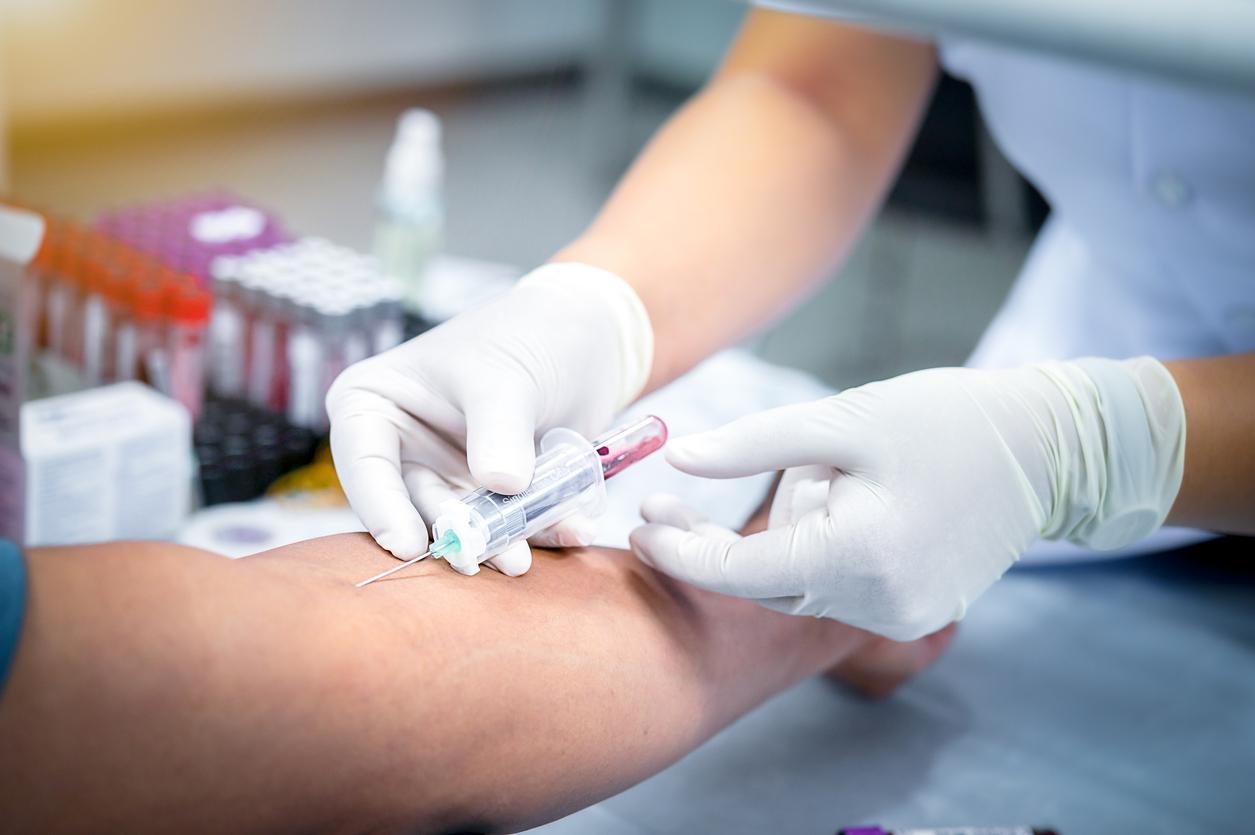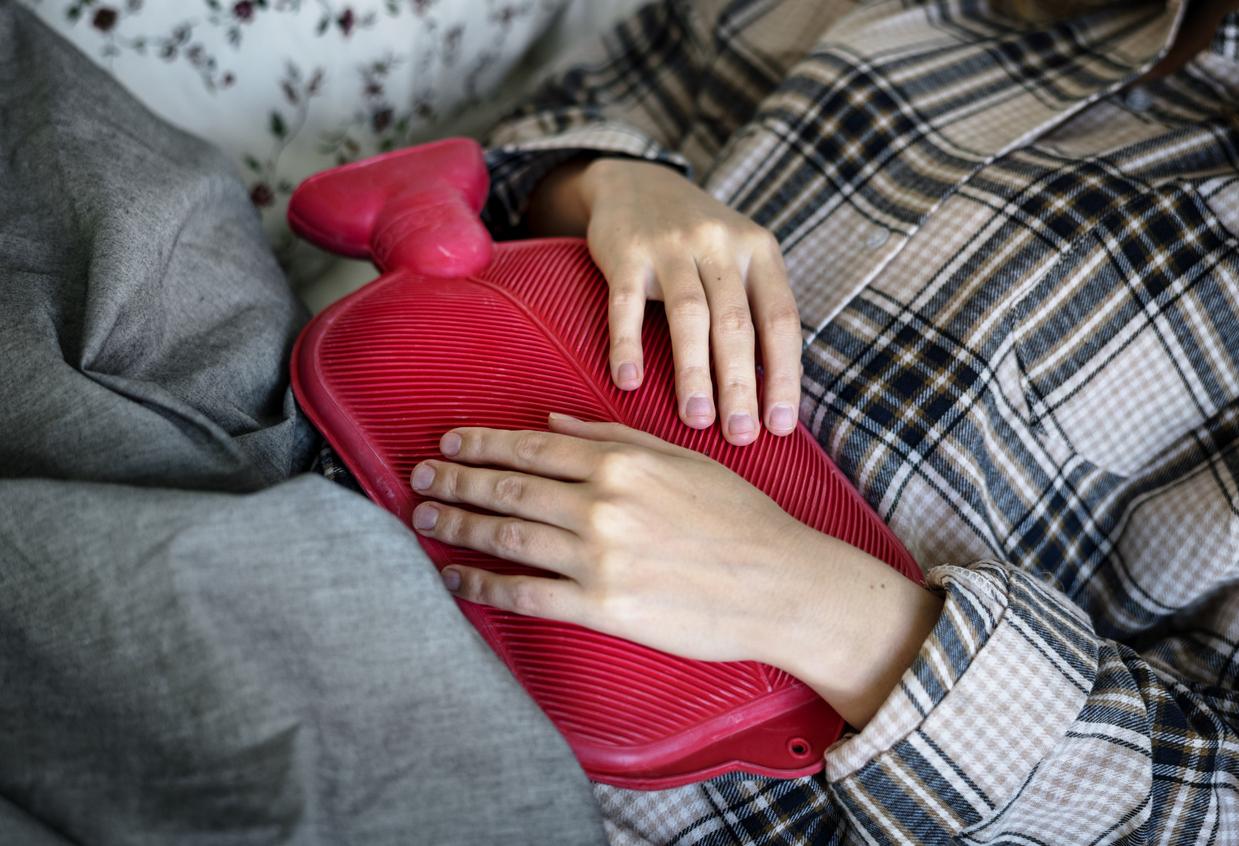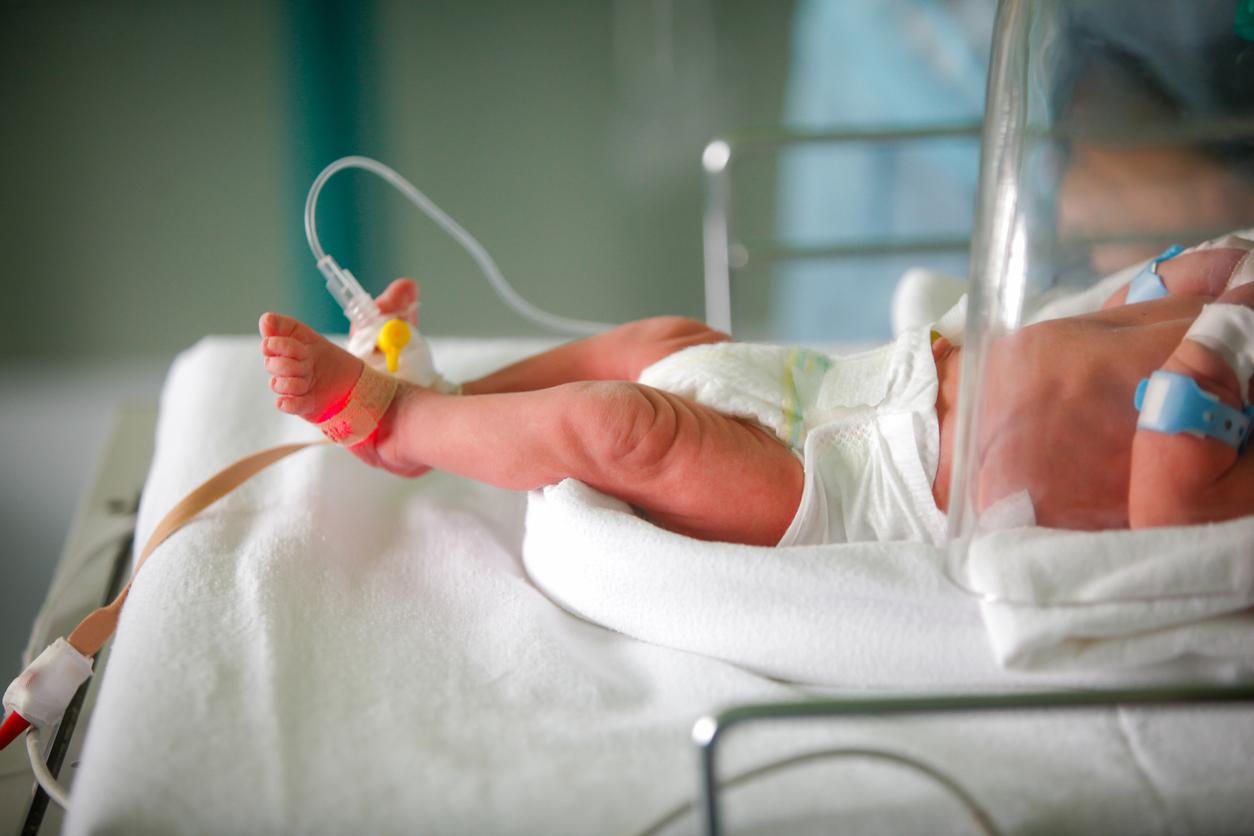
The aging of the skin
The fact that the skin is aging is of course not news. Everyone knows that sooner or later you will have to deal with wrinkles, crow’s feet, spots and sagging skin. However, more changes occur in the skin over life. An overview of the skin from young to old.
Of course you would prefer to have and keep a baby skin. At least, that’s what you probably think. However, the skin of a newborn is not so cool yet. You see this especially in a newborn or premature baby. After four weeks, the baby’s skin has all the adult characteristics, but it can take up to four years for the epidermis to fully develop.
Especially immediately after birth, the baby’s skin often still has some cosmetic flaws such as a whitish cloudy mucus layer and skin discolourations. A baby’s epidermis is also about four to five times thinner than an adult’s. The skin is also very open, so that the body absorbs substances faster and a baby cools down sooner. During the first weeks, the stratum corneum layer of the baby’s skin becomes thicker because the skin comes into contact with all kinds of objects.
Puberty
An impure skin in puberty is unfortunately very recognizable. Although the skin is still young and elastic and recovers quickly, the skin is often very restless. Hormonal changes are at the root of this. The pores are easily clogged due to excessive sebum production resulting in blackheads, pimples and inflammation.
After puberty, the skin usually becomes clear again. In their twenties, the skin is usually at its best. The pimples are behind you and the skin looks fresh, elastic and resilient.
lines
However, around the age of 30, the skin begins to show signs of aging. Until then, the skin renews itself every month, but after your thirties this process slows down and the strength of the subcutaneous connective tissue decreases. The first smile lines, crow’s feet and wrinkles show themselves. However, you may still suffer from breakouts due to hormone fluctuations.
Pregnancy
The hormones that a woman has to deal with during pregnancy also have a strong influence on the skin. During pregnancy, all organs – and therefore also the skin – have a better blood supply. Your skin is therefore often slightly redder and feels healthy. Furthermore, the pigmentation increases, making nipples and creased areas slightly darker. Stretch marks can also develop. After pregnancy – or after breastfeeding – this usually fades again.
slacker
Over the years, the characteristics of aging continue to increase. By the age of 40, cell activity is reduced by about 30 percent. This is partly due to the fact that the number of blood vessels in the skin decreases. This also makes the skin less shiny.
The skin also becomes more lax because the connective tissue loses even more firmness. Eventually you will notice that the facial contours relax. The skin will also be drier, because both the number and function of the sebaceous glands decrease. As a result, your skin may have less volume.
Aging
From the age of 45, the skin really becomes thinner. The elasticity decreases because the elastin fibers crumble. This creates lines and eventually deeper wrinkles and all kinds of shallow wrinkles that mark a pattern in the skin. If you stretch the skin slightly, these superficial lines disappear again.
As you live longer, the wrinkleness of the skin increases. The skin will also become increasingly drier and weaker and age spots often appear. Due to a slowing of blood circulation, the skin becomes lighter in color. The epidermis becomes thinner – blood vessels are therefore more visible – and more vulnerable. For example, wounds will heal less quickly.
Transition
In women, the menopause ensures that the blood flow to the skin is slightly less and that the elasticity decreases further. The body makes less estrogen with the result that the skin is drier, paler and thinner. The care that the skin needs during and after the menopause can be very different than before that time.
Appearance
Of course you cannot avoid skin aging, but you can try to keep the skin as healthy as possible. Good skin care and safe tanning play an important role in this. You can also protect the skin by not smoking.

















